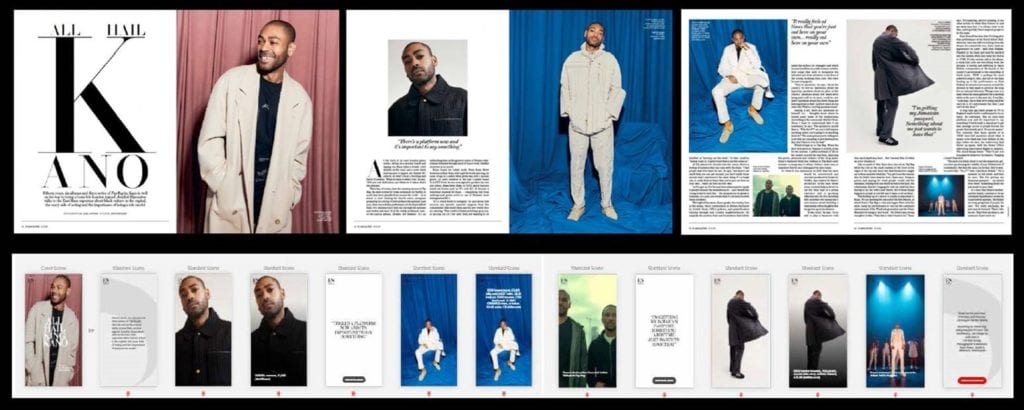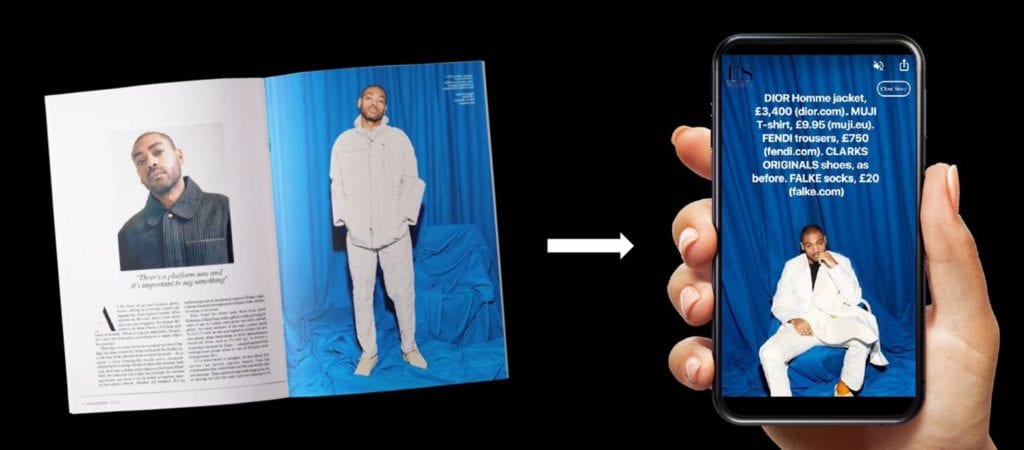|
Getting your Trinity Audio player ready...
|
Never has the phrase ‘timing is everything’ been so apt. Back in March, London’s Evening Standard newspaper halted the publication of its popular free weekly magazine, ES, with the aim of restoring it in September.
The timing was fortuitous as it coincided with Boris Johnson’s ‘back to work’ initiative in late August which encouraged London’s workers to return to the office, in the process restoring the Evening Standard’s commuter audience.
This week, Boris Johnson lobbed a grenade into the Evening Standard’s plans, swiftly u-turning on his back to work PR drive from a month earlier and advising UK workers to work from home if they could.
The implications for the Evening Standard and ES magazine could be dire. Founded in 1827, the newspaper is a staple of London life but a combination of cratering advertising revenue, digital competition, expensive fixed costs and now Covid-19 have made the title’s position precarious.
Stung by a pre-tax loss of £13.6 million in 2019, and further losses this year, the newspaper made a third of its entire workforce redundant only last month.
Whilst the title has no immediate plans to shut its print editions given out free at London’s transport hubs, it’s surely only a matter of time, especially with office and commuter working being pushed back further and further into 2021.
The Evening Standard’s latest move to focus on its digital content might therefore have arrived in the nick of time, not least for ES magazine which returned last week with its bi-annual fashion edition and, even more importantly, a new digital offering and mobile advertising solution.
In partnership with Newsroom AI, ES magazine has refreshed its mobile platform and launched ‘Brand Stories’ where branded content is delivered programmatically within an editorial context. Similar to Instagram Stories, the tappable format allows readers to engage with content immediately, without having to navigate to another page.

Unlike Instagram Stories, however, ES magazine’s Brand Stories are intentionally part of the open web and can be shared or embedded without being confined to a single platform ecosystem. The new format has been specifically designed to be compatible with the new Web Story (AMP) format established by Google.
According to a spokesperson from ES magazine, the branded content play is designed to drive ecommerce revenue as well as increase audience engagement.
With 85% of online consumed on smartphones, we wanted to ensure our readers enjoyed an unparalleled experience whether flicking through the glossy pages of the magazine or scrolling online.
James White, Commercial Director, Evening Standard
We’re committed to helping accelerate tappable storytelling at a time when mobile has moved from being the third screen to being our one and only screen
Charles Yardley, CEO, Evening Standard
ES magazine’s move comes not a moment too soon. As the Christmas season looms, most of this year’s spend will go towards online shopping, with three-quarters (75%) of consumers in Europe anticipating that most of their festive shopping will be done digitally according to a new survey from Integral Ad Science. This is because four-fifths (80%) of shoppers are concerned about buying in-store due to COVID-19, and are less likely to be on-the-move due to community lockdown orders.
Nick Morley, EMEA MD at Integral Ad Science, comments, “It is promising to see seasonal spending still providing opportunities for brands this year. To seize those, it is critical brands understand all elements of the consumer journey and adapt advertising efforts accordingly – investing in optimising strategies, technologies, and focusing on contextually suitable placements to drive a much-needed boost to 2020 revenues.”
ES Magazine’s foray into digital storytelling and commerce via mobile might have arrived at a fortuitous moment. Timing is everything.




